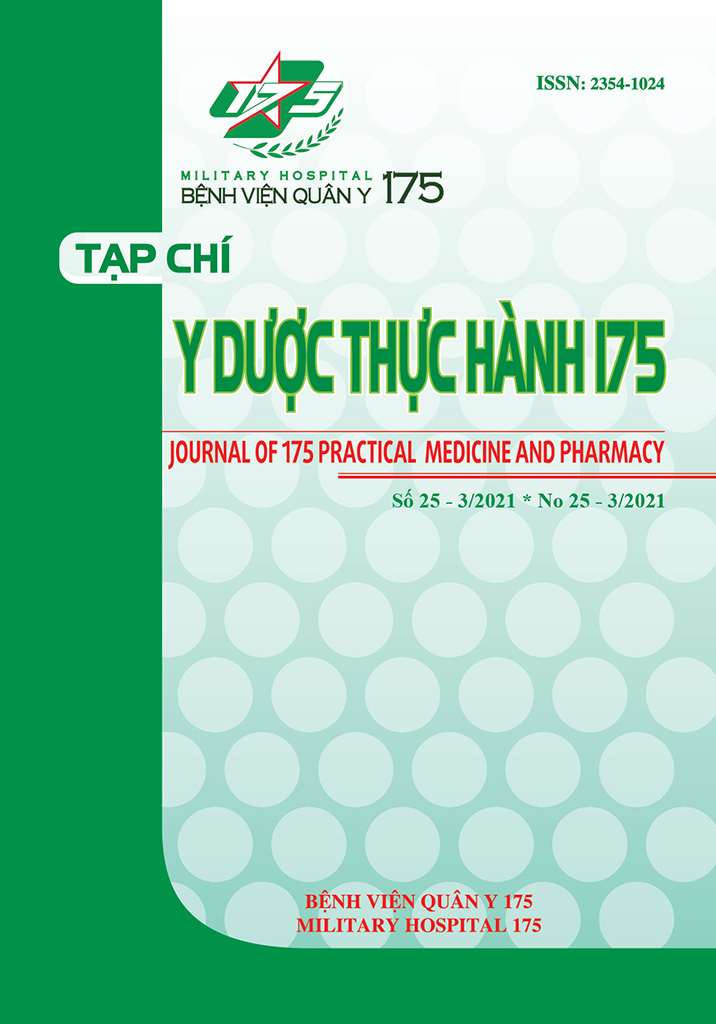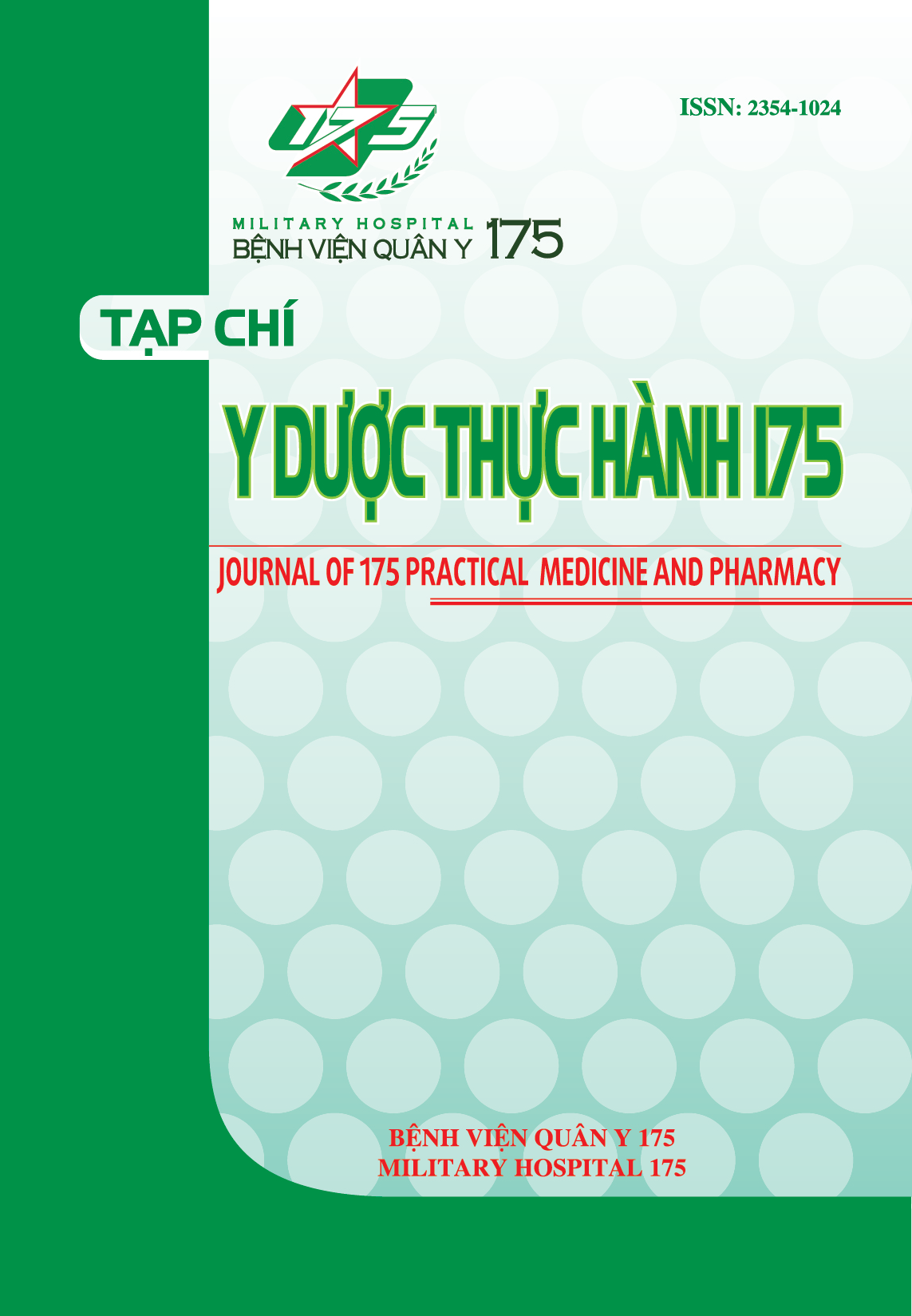NỒNG ĐỘ H-FABP VÀ hs-TROPONIN T HUYẾT TƯƠNG TRONG NHỒI MÁU CƠ TIM CẤP ST CHÊNH LÊN
Các tác giả
Tài liệu tham khảo
Benjamin, E. J., M. J. Blaha, et al. (2017). “Heart Disease and Stroke Statistics-2017 Update: A Report From the American Heart Association.” Circulation 135(10)
Johnston, S. (2006). “Paramedics and pre-hospital management of acute myocardial infarction: diagnosis and reperfusion.” Emergency Medicine Journal 23(5): 331-334.
Braunwald, E. and M. S. Sabatine (2012). The thrombolysis in myocardial infarction (TIMI) study group experience, Elsevier.
Kakoti, A. and P. Goswami (2013). “Heart type fatty acid binding protein: structure, function and biosensing applications for early detection of myocardial infarction.” Biosensors and Bioelectronics 43: 400-411.
Thygesen, K., J. S. Alpert, et al. (2018). “Fourth universal definition of myocardial infarction (2018).” European heart journal: ehy462-ehy462
Ohkaru, Y., K. Asayama, et al. (1995). “Development of a sandwich enzyme-linked immunosorbent assay for the determination of human heart type fatty acid-binding protein in plasma and urine by using two different monoclonal antibodies specific for human heart fatty acid-binding protein.” Journal of immunological methods 178(1): 99-111.
Giao Thị Thoa (2018). “Nghiên cứu nồng độ H-FABP trong chẩn đoán và tiên lượng nhồi máu cơ tim cấp.” Luận án tiến sĩ y học, Đại học Y Dược Huế.
Lê Xuân Trường (2019). “Giá trị của protein gắn acid béo cơ tim (H-FABP) trong chẩn đoán sớm nhồi máu cơ tim cấp.” Y học TP. Hồ Chí Minh - Phụ bản tập 23 2
Thygesen, K., J. Mair, et al. (2010). “Recommendations for the use of cardiac troponin measurement in acute cardiac care.” Eur Heart J 31(18): 2197- 2204.
Tải xuống
Tải xuống: 85










